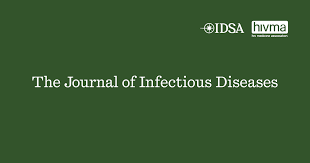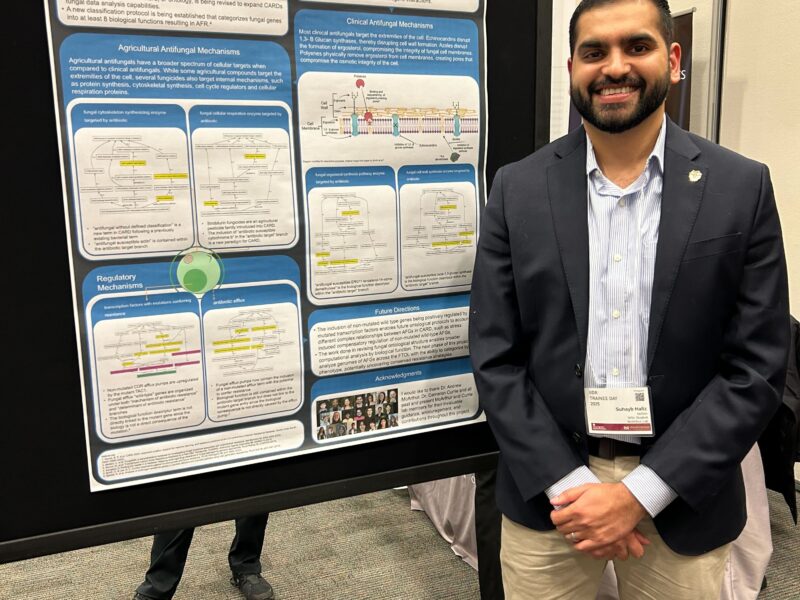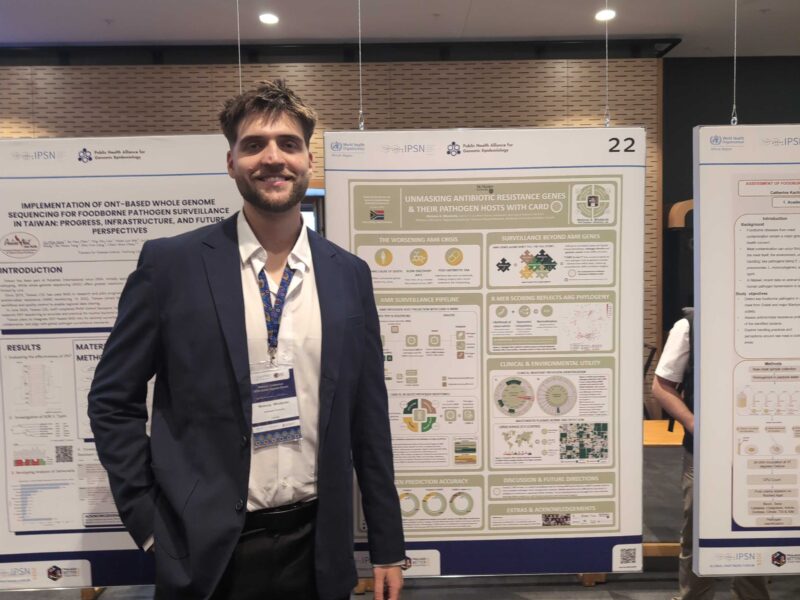 Komorowski et al. 2025. Journal of Infectious Diseases, in press.
Komorowski et al. 2025. Journal of Infectious Diseases, in press.
Background: Serratia marcescens is an opportunistic AmpC β-lactamase-producing Enterobacterales associated with intensive care unit outbreaks, causing high morbidity and mortality. The spatiotemporal dynamics of Serratia species and their implications for hospital infection prevention and control remain understudied.
Methods: We prospectively identified patient culture specimens in a multihospital academic healthcare system from 2022 to 2024. We included first-time isolates of S. marcescens identified via culture and confirmed by matrix-assisted laser desorption ionization time-of-flight mass spectrometry (MALDI-TOF MS). Isolates underwent whole-genome sequencing on the Illumina NextSeq 2000 platform. We queried assembled genomes using the Comprehensive Antibiotic Resistance Database to identify resistance genes and predict resistomes. We constructed a maximum-likelihood phylogenetic tree using GTDB-Tk-assigned taxonomies. We identified possible links between patients if there was a spatiotemporal overlap and the average nucleotide identity (ANI) of a sequence pair was > 99.0%. We collected relevant patient characteristics via retrospective chart review and analyzed data using descriptive statistics.
Results: Of 147 identified isolates, we included 125. Phenotypic testing suggested either inducible or derepressed AmpC expression in all isolates. Whole-genome sequencing found species-level discordance with MALDI-TOF MS in 64 (51.2%) isolates, suggesting the presence of multiple members of the recently described S. marcescens complex causing hospital- or community-associated infections. Only 1 isolate pair had a spatiotemporal link and ANI > 99.0%.
Conclusions: Between-patient transmission of S. marcescens complex outside of outbreaks is likely rare. Current MALDI-TOF MS-based identification methods are insufficient to identify S. marcescens complex and laboratory reporting should be modified to report only to the level of the complex.

